Mercedes: Is bigger always best?
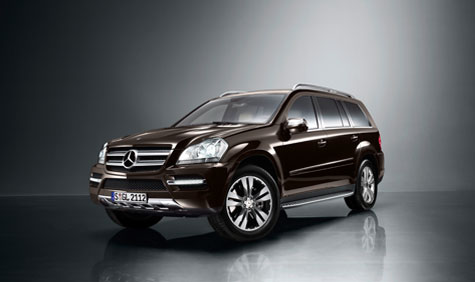
There's something rather perverse about the modern motoring brand and its desire to cover all bases. While global focus seems to be pulling up sharp in favour of downsizing, there's a marked resistance amongst certain consumers to make even the smallest sacrifice to their existing style of life. The end result is somewhat incongruous, as ultra-light conceptual designs jostle for attention with production cars that, on the surface, demonstrate little evidence of a coming paradigm shift.
Pluralism is still the name of the game in the modern auto industry. With scarcely anyone immune to the global downturn, the steady progress towards increasingly efficient vehicles is becoming less and less defined. No volume manufacturer is disregarding the need for efficiency, but wheels turn slowly when all-new models cost billions to develop and technology has to be tried and tested for years before it can be issued to the masses.
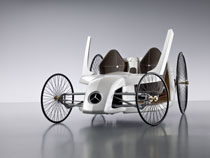
See images of Mercedes new lightweight contemporary carriage and the new hefty GL
Mercedes is a good case in point. March's news was the unveiling of the F-CELL Roadster (see the gallery above) a lightweight contemporary carriage designed by company trainee engineers, complete with skinny carriage wheels, zero creature comforts and a pace about equivalent to a swift pony and trap. The F-CELL is extreme, but the skinny wheels and skimpy accommodation is thrown into even starker relief when compared to the current Mercedes GL.
Introduced in 2005, the GL represents the very outer limits of passenger car design. Weighing in at nearly two and half tonnes, with a hefty (yet relatively clean) V6 diesel engine, the one thing the GL is defiantly not is lightweight. With seven full-sized seats, full-time four wheel drive and what enthusiasts like to call 'go-anywhere ability', the GL is pitched at those who need to haul a glider, Riva or even a polo pony or two, without having to stint on the accommodation up front. A battery of electronic aids help keep the driving experience urbane and not agricultural, while at the push of a button the vast interior can be transformed into a space capable of swallowing any amount of B&B Italia.
We sampled a recent example of the GL as a means of everyday urban transport and in central London, it was clear that no amount of ultra-light steering and far-reaching visibility can disguise this car's sheer physical size. On the plus side, heft induced caution and discouraged the excessive use of the accelerator. Nonetheless, width restrictors, parked cars and narrow roads make the urban driving experience somewhat unnerving. Such quibbles don't seem to bother the GL's loyal customer base, however, implying that familiarity breeds confidence when it comes to the 4x4 driving style.
Yet between the two extremes of GL and F-CELL lies an untapped plane of potential, an open challenge to the current generation of car designers. Throw into the mix the turn of the century fad for SUVs and the sizeable legacy this has left for product planners, and it's clear that uncertainty lies ahead. Some argue that these big cars will play a crucial role in ushering in new, efficient technologies. One thing a big car has is space, so the potential packaging issues with cramming in batteries and electric motors becomes more straightforward.
Wallpaper* Newsletter
Receive our daily digest of inspiration, escapism and design stories from around the world direct to your inbox.
Lexus has vowed to only import hybrid versions of its RX model into the UK, while Porsche recently capitulated to the inevitable and inserted its very first diesel engine into a Cayenne, while the vast Cadillac Escalade is now available in hybrid form. Hybrid drivetrains are also under development by Land-Rover, Porsche and Mercedes, amongst others, so within five years the industry promises that big cars will have a clear conscience. Few outsiders know exactly what's being cooked up for the roads of 2015 and beyond, but the challenge of delivering a combination of stature and efficiency must surely be high up on every manufacturer's to do list.
April also saw the first true production hybrids enter Mercedes' product line, starting with the S400 and S600 saloons and the ML450 Hybrid [IMAGE 009], a first step on the road towards slimming down the automotive footprint of the SUV. Lightness, however, will only be attained with a corresponding reduction in size. Whether we'll ever reach the Size Zero aesthetic offered by the F-CELL concept is quite another matter.
Jonathan Bell has written for Wallpaper* magazine since 1999, covering everything from architecture and transport design to books, tech and graphic design. He is now the magazine’s Transport and Technology Editor. Jonathan has written and edited 15 books, including Concept Car Design, 21st Century House, and The New Modern House. He is also the host of Wallpaper’s first podcast.
-
 All-In is the Paris-based label making full-force fashion for main character dressing
All-In is the Paris-based label making full-force fashion for main character dressingPart of our monthly Uprising series, Wallpaper* meets Benjamin Barron and Bror August Vestbø of All-In, the LVMH Prize-nominated label which bases its collections on a riotous cast of characters – real and imagined
By Orla Brennan
-
 Maserati joins forces with Giorgetti for a turbo-charged relationship
Maserati joins forces with Giorgetti for a turbo-charged relationshipAnnouncing their marriage during Milan Design Week, the brands unveiled a collection, a car and a long term commitment
By Hugo Macdonald
-
 Through an innovative new training program, Poltrona Frau aims to safeguard Italian craft
Through an innovative new training program, Poltrona Frau aims to safeguard Italian craftThe heritage furniture manufacturer is training a new generation of leather artisans
By Cristina Kiran Piotti
-
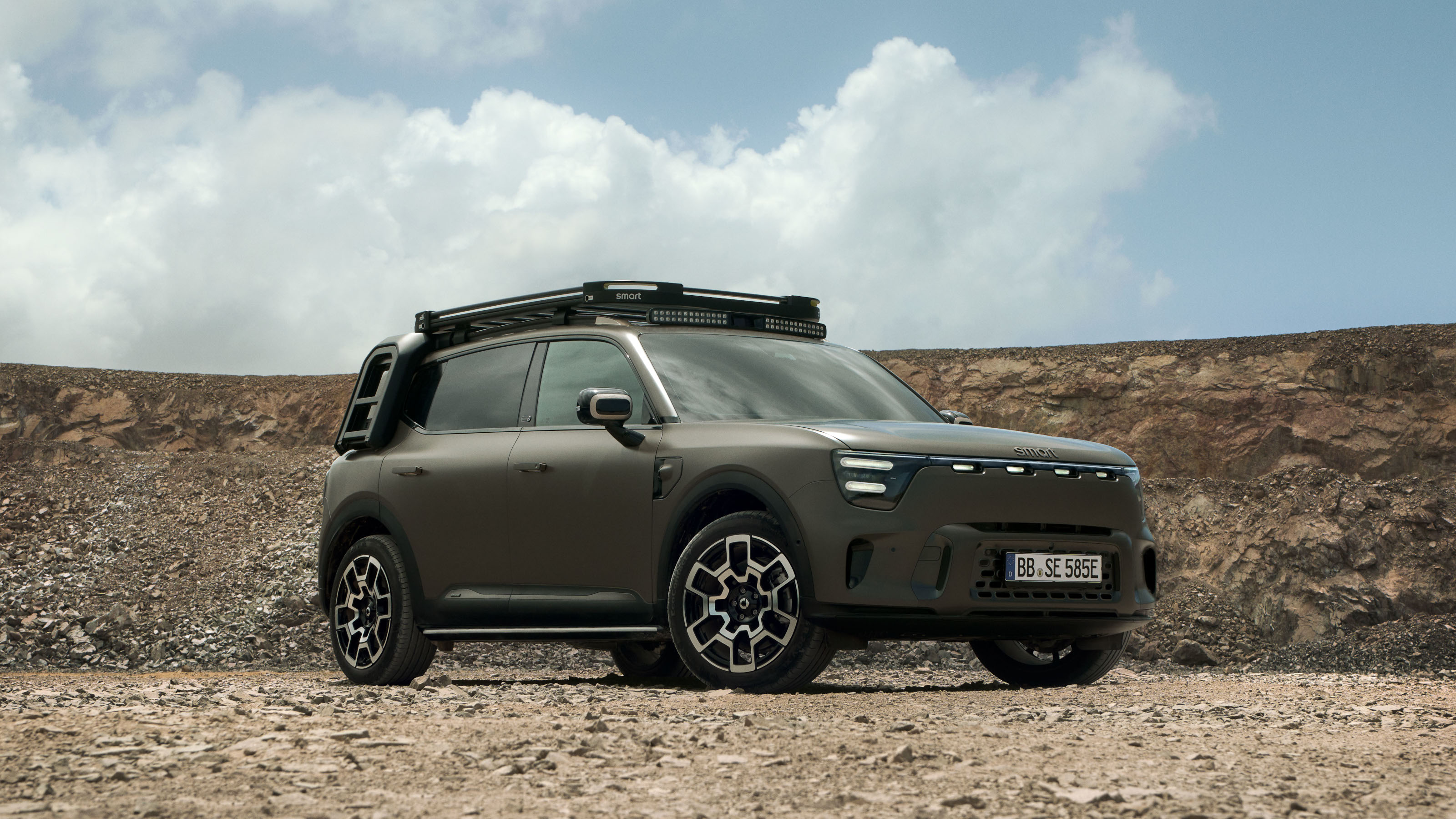 The new Smart #5 takes the brand's essential character upmarket and offroad
The new Smart #5 takes the brand's essential character upmarket and offroadKai Sieber, head of design Smart at Mercedes-Benz Design, discusses the evolution and style of the new Smart #5
By Jonathan Bell
-
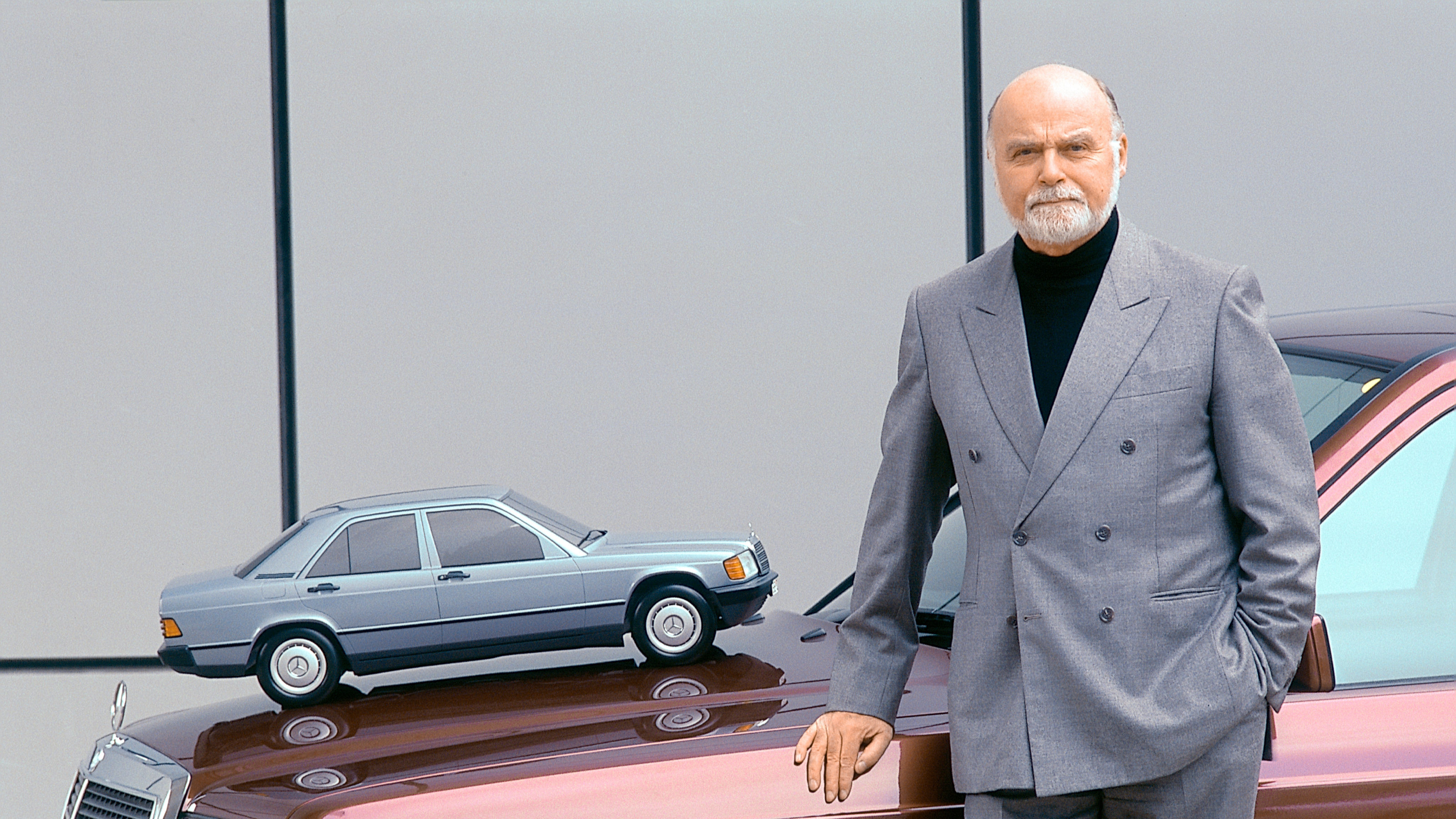 In celebration of Bruno Sacco, the man who brought order and elegance to Mercedes design
In celebration of Bruno Sacco, the man who brought order and elegance to Mercedes designThe car designer Bruno Sacco has died. Sacco shaped Mercedes-Benz design for nearly a quarter of a century. We look back on his impressive legacy
By Jonathan Bell
-
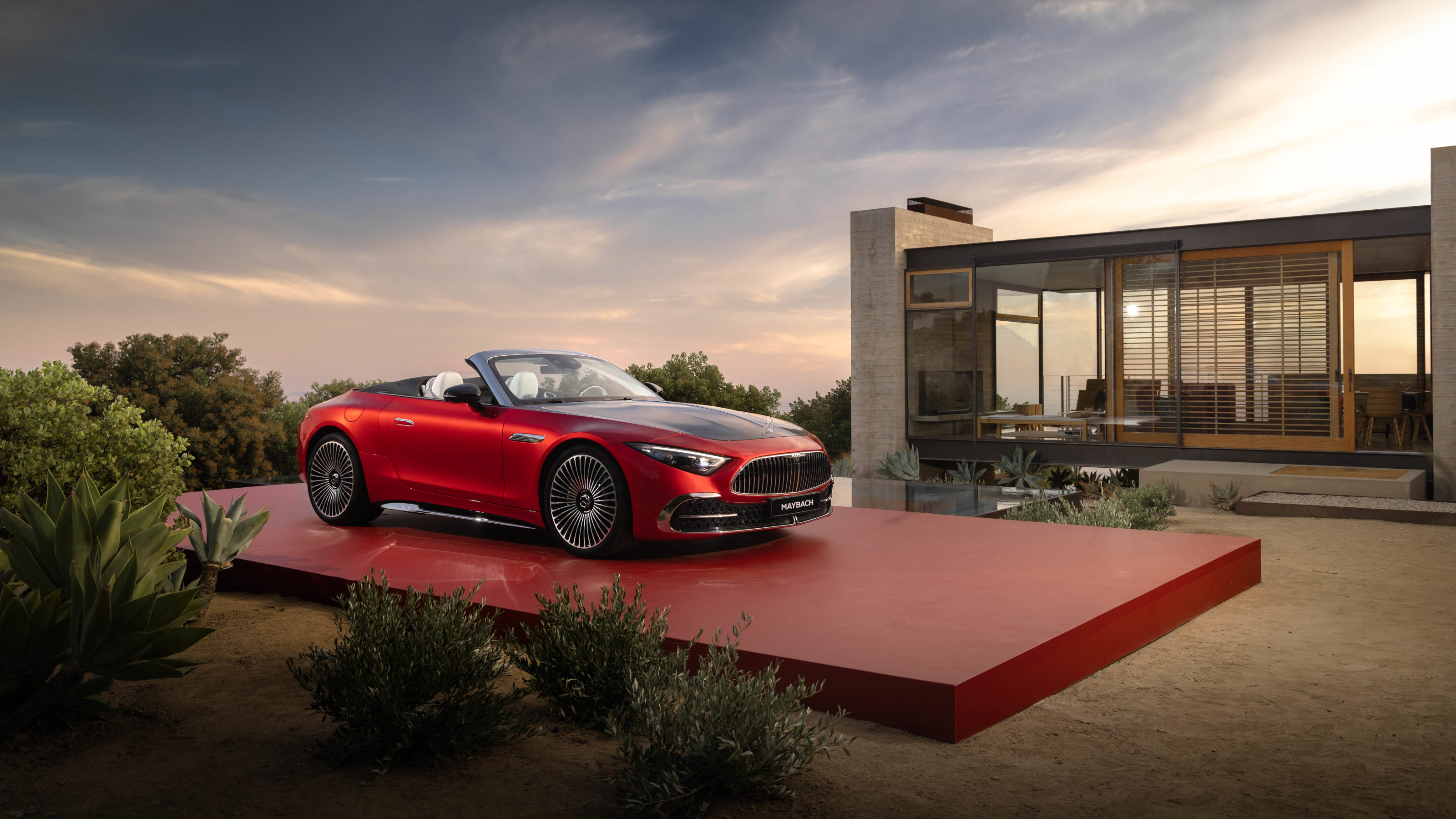 Does the Mercedes-Maybach SL 680 Monogram Series epitomise Pebble Beach culture?
Does the Mercedes-Maybach SL 680 Monogram Series epitomise Pebble Beach culture?Mercedes-Maybach launched its new SL 680 Monogram Series at Monterey Car Week 2024. How does Maybach's 21st-century take on upper-class motoring square with America's most upscale auto show?
By Jonathan Bell
-
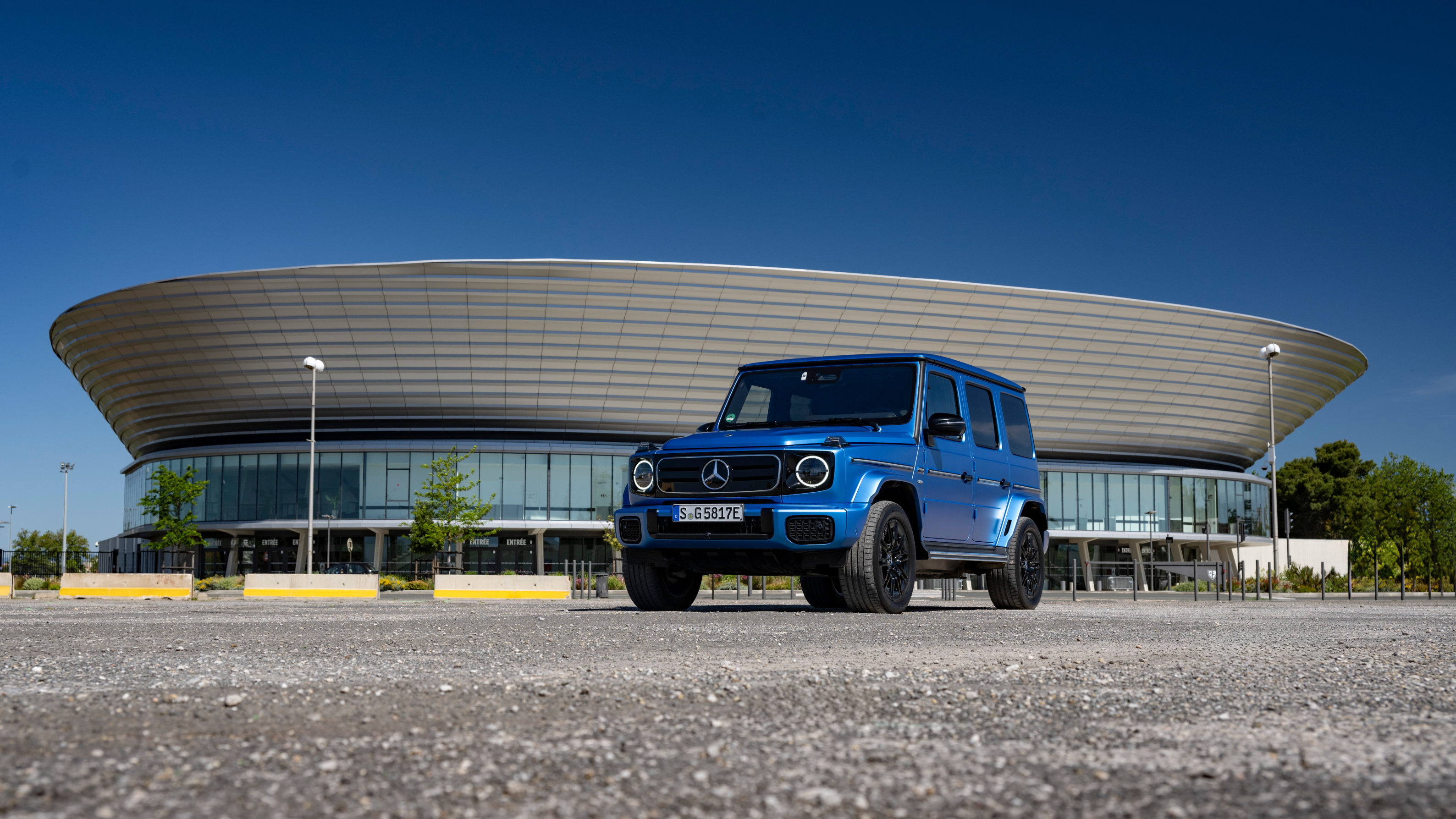 Mercedes electrifies the G-Wagen, transforming its brutish off-roading icon
Mercedes electrifies the G-Wagen, transforming its brutish off-roading iconThe Mercedes G-Class began life as a utility vehicle, before evolving into a dubious urban status symbol that could win approval from LA to London. How does the first all-electric version fare?
By Guy Bird
-
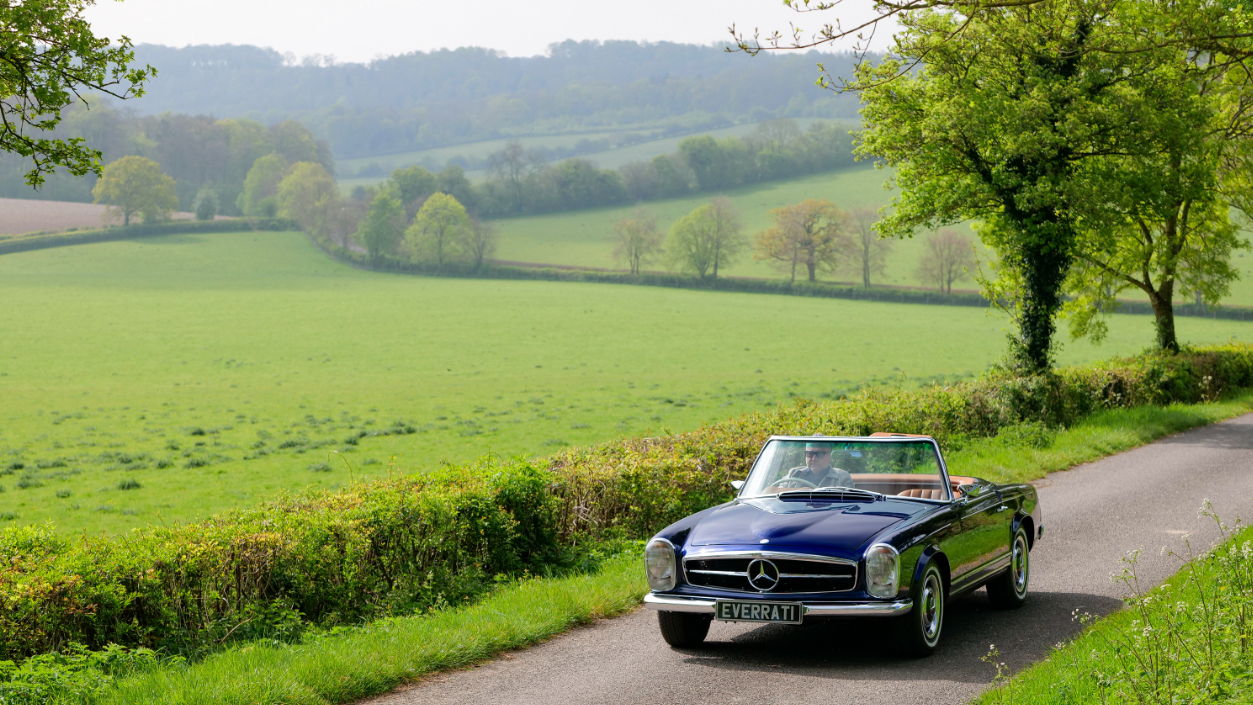 An all-electric 1960s Mercedes-Benz SL, perfect for swift, silent classic cruising
An all-electric 1960s Mercedes-Benz SL, perfect for swift, silent classic cruisingElectrification specialist Everatti unveils its sympathetic upgrade to a 1960s icon, the elegant Mercedes-Benz SL W113
By Jonathan Bell
-
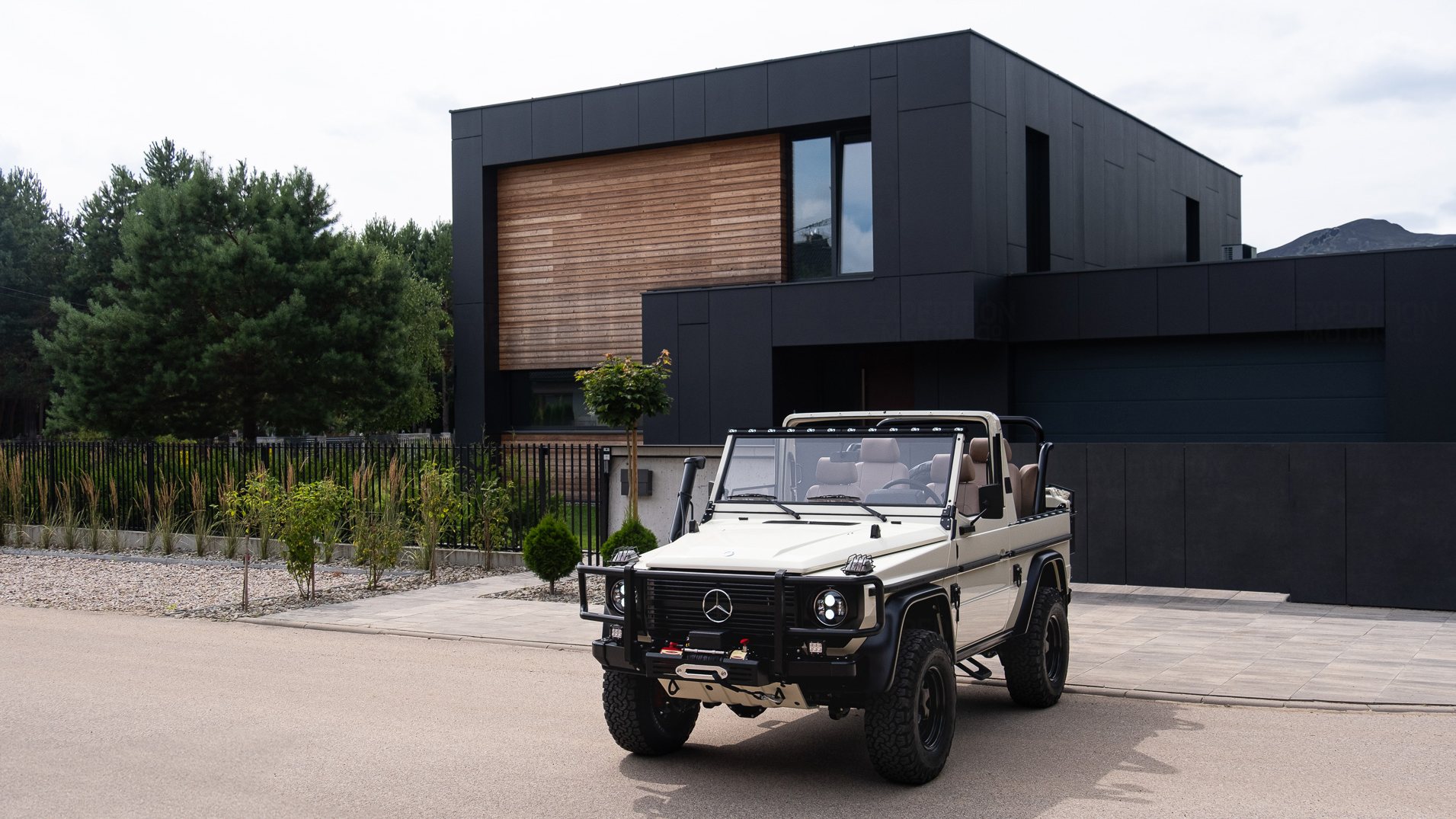 EMC White Wolf is a military Mercedes turned modern-day cruiser
EMC White Wolf is a military Mercedes turned modern-day cruiserThe Expedition Motor Company (EMC) takes surplus Mercedes G-Wagens and uprates them for contemporary collectors, creating a classic car that goes anywhere
By Jonathan Bell
-
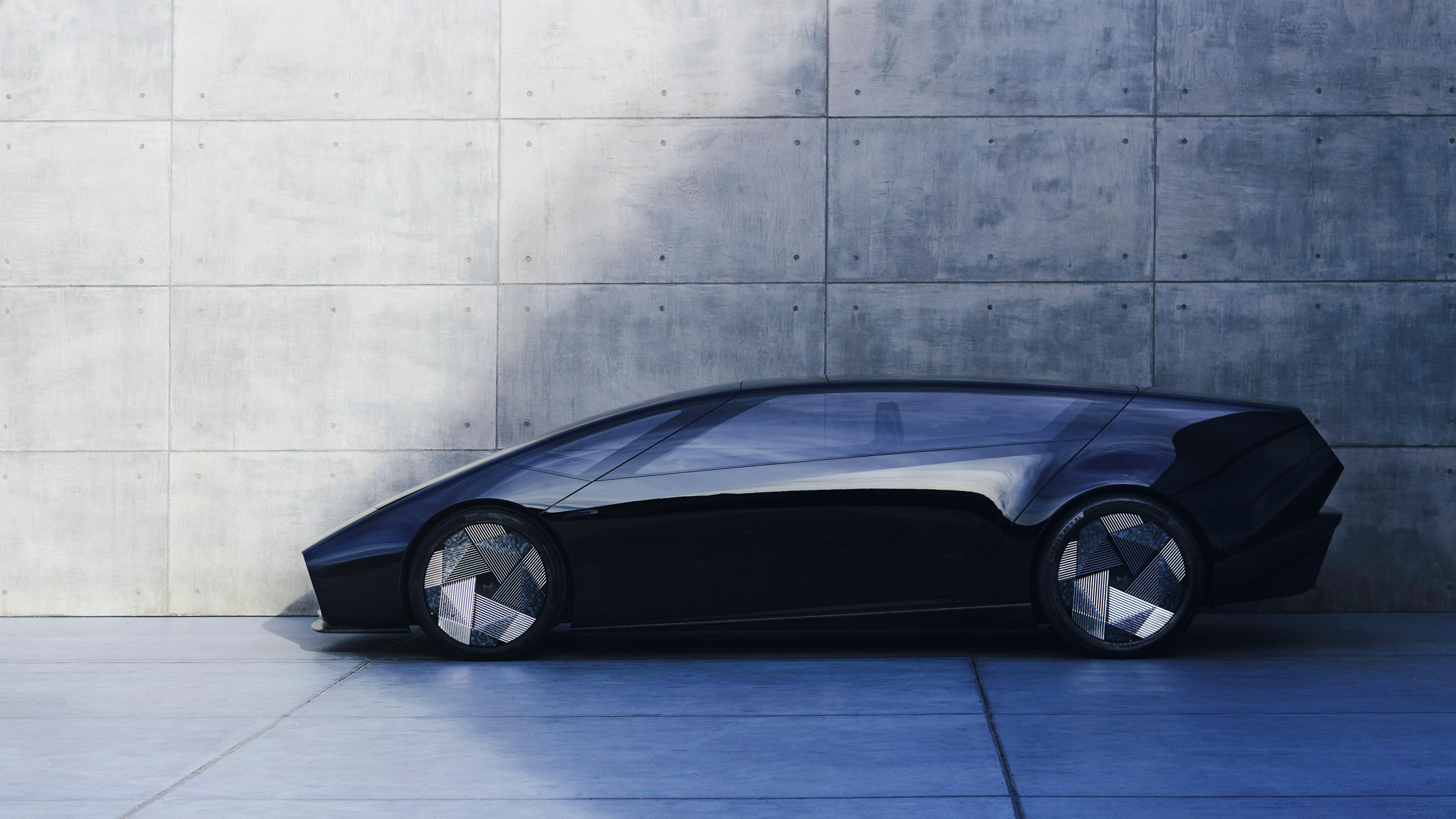 CES 2024 was a showcase for how to shoehorn AI into next-generation cars
CES 2024 was a showcase for how to shoehorn AI into next-generation carsCES 2024 in Las Vegas underlined that future mobility will be shaped by AI, like it or not, as intelligent assistants emerge to guide, plan and converse with their human cargo
By Jonathan Bell
-
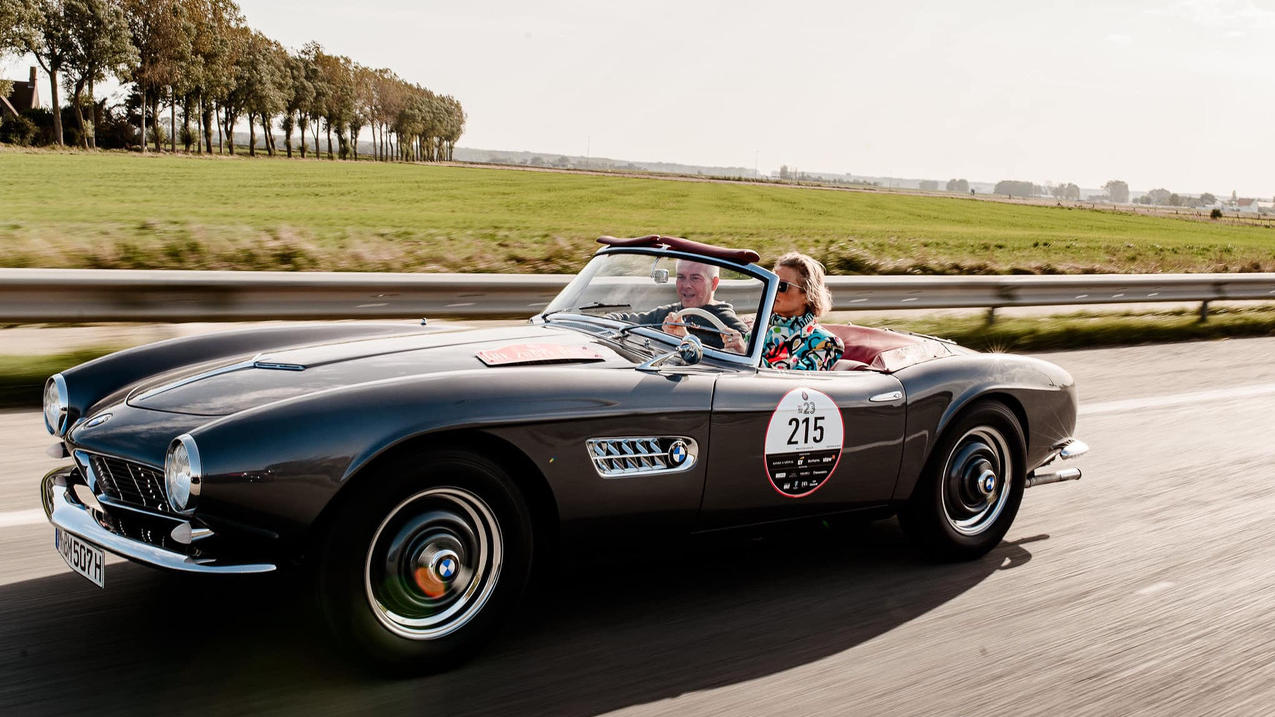 Zoute Grand Prix is a car fest like no other at a pristine Belgian beachside town
Zoute Grand Prix is a car fest like no other at a pristine Belgian beachside townAmy Serafin takes to the well-heeled streets of Knokke-Heist to experience the Zoute Grand Prix, its annual cavalcade of classic car-related events, from a rally to an auction
By Amy Serafin